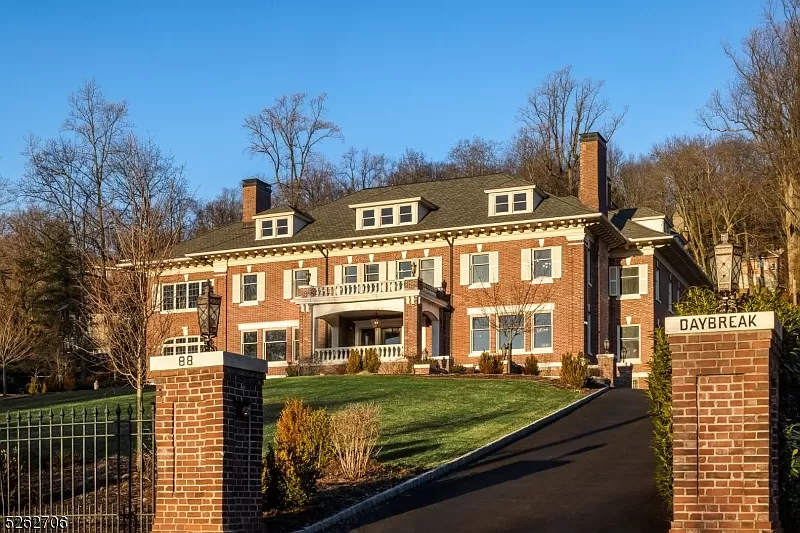From CNN:
The 6% commission, a standard in home purchase transactions, is no more.
In a sweeping move expected to dramatically reduce the cost of buying and selling a home, the National Association of Realtors announced Friday a settlement with groups of homesellers, agreeing to end landmark antitrust lawsuits by paying $418 million in damages and eliminating rules on commissions.
The NAR, which represents more than 1 million Realtors, also agreed to put in place a set of new rules. One prohibits agents’ compensation from being included on listings placed on local centralized listing portals known as multiple listing services, which critics say led brokers to push more expensive properties on customers. Another ends requirements that brokers subscribe to multiple listing services — many of which are owned by NAR subsidiaries — where homes are given a wide viewing in a local market. Another new rule will require buyers’ brokers to enter into written agreements with their buyers.
The agreement effectively will destroy the current homebuying and selling business model, in which sellers pay both their broker and a buyer’s broker, which critics say have driven housing prices artificially higher.
By some estimates, real estate commissions are expected to fall 25% to 50%, according to TD Cowen Insights. This will open up opportunities for alternative models of selling real estate that already exist but don’t have much market share, including flat-fee and discount brokerages.
Shares of real estate firms Zillow and Compass both fell by more than 13% Friday as investors feared that lower commission rates for agents could lead to less business for real estate platforms.
In a 10-K filing last month, Zillow warned that, “if agent commissions are meaningfully impacted, it could reduce the marketing budgets of real estate partners or reduce the number of real estate partners participating in the industry, which could adversely affect our financial condition and results of operations.”
Shares of real estate brokerage Redfin also fell nearly 5%.
Meanwhile, homebuilder stocks rose on the news: Lennar shares gained 2.4%, PulteGroup shares added 1.1% and Toll Brothers shares added 1.8%.
…
Homesellers who brought lawsuits against the NAR have argued that in a competitive market, the cost of the buyer’s agent’s commission should be paid by the buyer who received the service, not by the seller. The sellers who brought the lawsuit against the NAR and the brokerages said that buyers should be able to negotiate the fee with their agent, and that the sellers should not be on the hook for paying it.
This settlement, which is subject to a judge’s approval, opens the door to a more competitive housing market. Realtors could now compete on commissions, allowing for prospective buyers to shop around on rates before they commit to buying a home. Brokers could begin to advertise their fees, allowing customers to choose lower-cost agents. The NAR, in its announcement, did not set a suggested fee.
This marks the biggest change to the housing market in a century, said Norm Miller, professor emeritus of real estate at the University of San Diego.
“I’ve been waiting 50 years for this,” Miller said.



